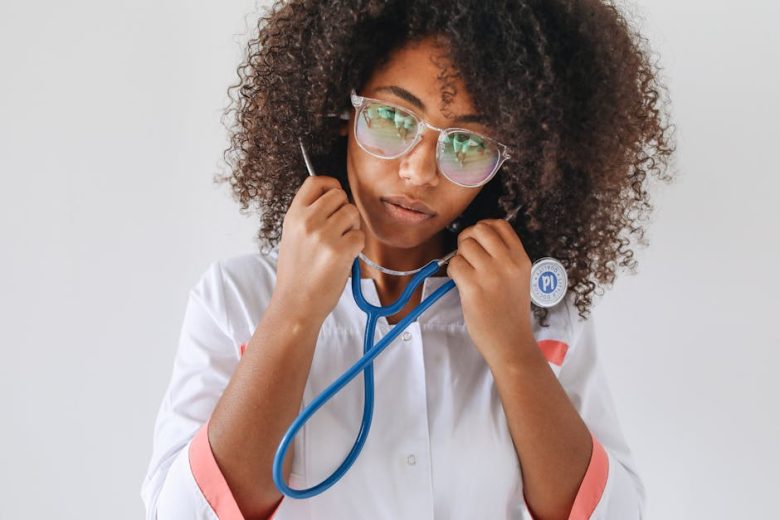In recent years, the rise of artificial intelligence (AI) has significantly impacted various fields, including the realm of art. AI art generators have emerged as a fascinating alternative to traditional artistic methods, challenging the very nature of creativity and expression. This article aims to compare these two distinct approaches to art creation—AI art generators and traditional art—by examining their processes, outputs, accessibility, and implications for the art world.
Traditional art has been revered for centuries as a deeply personal and human-centric process. Artists utilize various mediums, including painting, drawing, sculpture, and more, to express their emotions, experiences, and perspectives. This method often involves an extensive understanding of techniques, materials, and the subtleties of human expression. Each stroke of the brush or chisel is imbued with the artist’s intent, making the artwork a reflection of their unique vision and skill.
In contrast, AI art generators leverage algorithms and machine learning to create visual content. These systems analyze massive datasets of existing artworks, learning patterns, styles, and techniques to produce new pieces. Users can input specific parameters or prompts, and the AI generates images that align with those criteria. While this method can yield impressive results, the question of authorship and creativity arises, as the AI lacks the emotional depth and personal narrative that human artists bring to their work.
One of the most significant differences between AI art generators and traditional art lies in the creative process. Traditional artists often spend years honing their craft, experimenting with different styles and techniques, and developing a personal voice. This journey is integral to the artist’s identity and often leads to a sense of fulfillment and connection with their work. On the other hand, AI art generators offer a streamlined process that can produce artwork in seconds, democratizing art creation but potentially diminishing the personal journey that accompanies traditional art.
Accessibility is another critical factor in the comparison between these two approaches. Traditional art often requires significant investment in materials, studio space, and education, which can be a barrier for many aspiring artists. Conversely, AI art generators can be accessed through various platforms and applications, allowing anyone with an internet connection to create art without the need for extensive training or resources. This accessibility opens the door for a broader audience to engage with art creation, but it also raises questions about the value of artistic skill and the potential oversaturation of the art market.
The implications of these two approaches on the art world are profound. Traditional art remains a cherished form of cultural expression, with galleries and exhibitions dedicated to showcasing the work of human artists. However, the emergence of AI-generated art has sparked debates about authenticity, originality, and the future of creativity. As AI-generated pieces gain recognition and are even sold at auctions, the art community must grapple with the evolving definition of art and the role of technology in shaping its future.
In conclusion, the comparison between AI art generators and traditional art reveals a complex interplay of creativity, accessibility, and cultural significance. While traditional art emphasizes the personal journey and emotional depth of the artist, AI art generators offer a novel approach that challenges our understanding of creativity and authorship. As technology continues to advance, the art world must adapt and redefine its values, embracing the potential of both human expression and artificial intelligence in shaping the future of art.
Ultimately, the coexistence of these two approaches can enrich the artistic landscape, offering diverse avenues for creation and appreciation. The dialogue between traditional artists and AI technology may lead to innovative collaborations, expanding the boundaries of what art can be and how it can be experienced.



